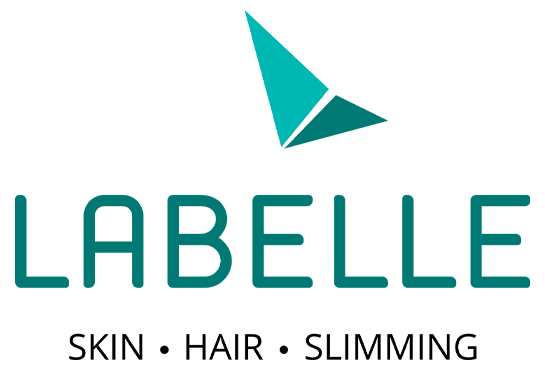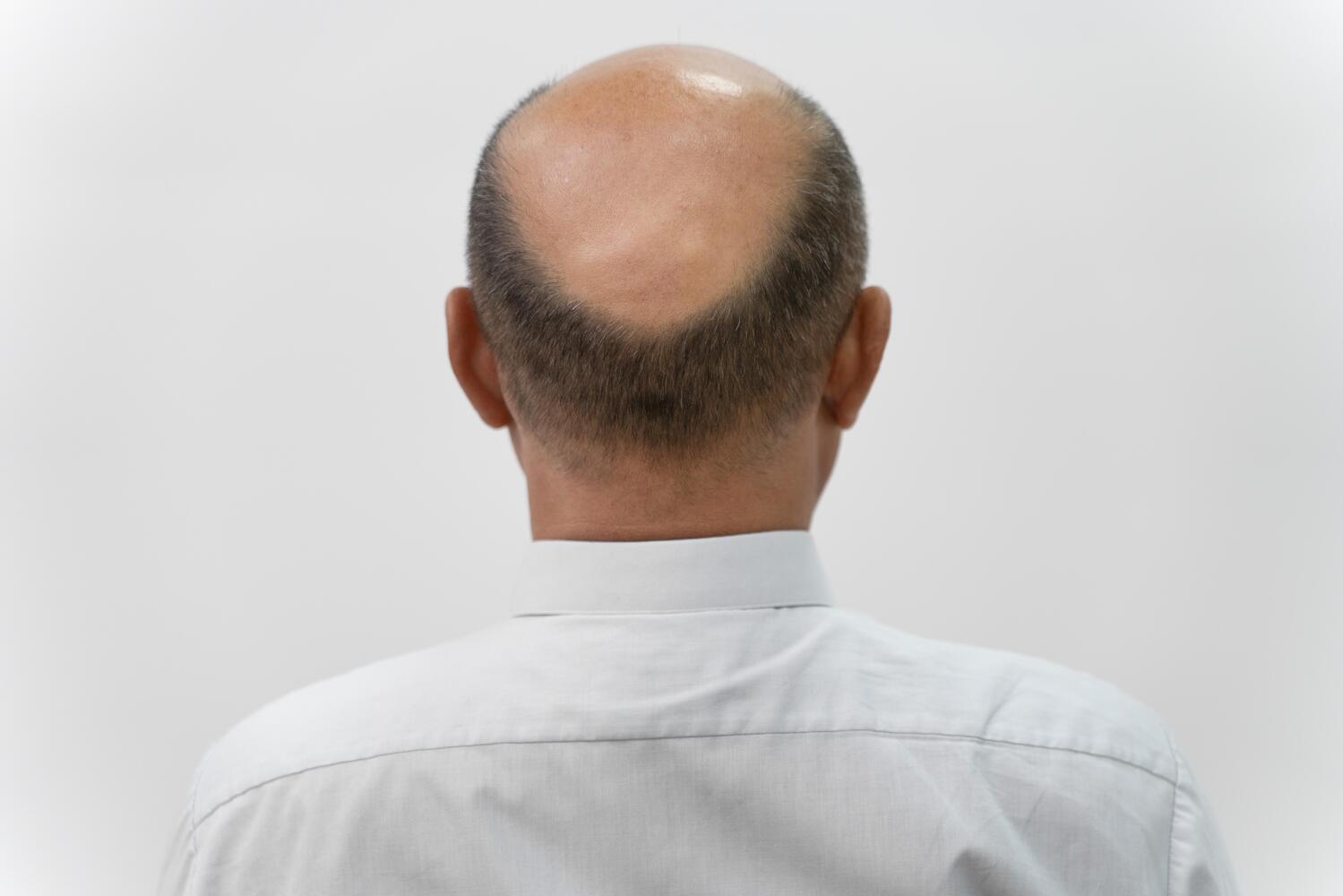How to Regrow Hair on Bald Spot
Hair loss is increasingly becoming a part of our modern narrative. With a surge in factors contributing to early baldness, it’s no wonder more people are seeking solutions. Genetics, lifestyle, diet, and environmental stressors play their part. You’re in the right place if you’ve noticed more hair on your brush or a receding hairline. This post aims to provide insights and remedies to regrow hair on bald spot. Let’s dive in.
Understanding the Causes Behind Bald Spots
Before you delve into the remedies to regrow hair on bald spot, it’s crucial to understand the causes of excessive hair loss or baldness. Here’s a breakdown of factors that lead to bald spots –
Genetics
Our DNA blueprints every aspect of our physical appearance and biological functions. They include traits like the color of our eyes, our height, and, as it turns out, our hair-thinning patterns.
If baldness or hair thinning is there in your family, you may experience it too.
Hair loss, specifically androgenic alopecia, commonly known as male or female pattern baldness, is primarily driven by genes. The condition can be inherited from either side of the family – mother or father – and the chances increase if both parents lose hair.
For many, the first signs might appear as a receding hairline, thinning at the crown, or general thinning spread out across the scalp.
Hormones
The ebb and flow of hormones can significantly impact your hair health. For instance, take childbirth — in pregnancy, estrogen levels spikes, which often leads to thicker, shinier hair.
However, post-delivery, as these hormone levels dip, many women experience a ‘telogen effluvium’ phase where hair shedding becomes more frequent. It’s a temporary phase but can be distressing for many.
Thyroid abnormalities present another challenge. An overactive (hyperthyroidism) and an underactive (hypothyroidism) thyroid can result in hair loss. The thyroid gland produces hormones influencing various body functions, including hair growth. It can disrupt the hair’s growth cycle when it doesn’t function optimally.
Then there’s menopause. With the decline in estrogen and progesterone levels, hair follicles can become more sensitive to the male hormone dihydrotestosterone (DHT). This hormone can shrink hair follicles, leading to thinning and loss.
Medications
Certain medicines may cause severe hair loss by disrupting the natural growth cycle. Typically, hair goes through growing, resting, and shedding phases. Some drugs can prematurely push more hairs into the shedding phase or affect the growth phase. Medications that typically cause significant hair loss may include the following –
Chemotherapy drugs: Used to kill cancer cells, these drugs can harm hair follicles, leading to hair loss not just on the scalp but across the body.
Blood pressure medications: Beta-blockers and ACE inhibitors, commonly used to treat hypertension, have been linked to hair thinning.
Antidepressants: Certain medications to address depression can sometimes lead to hair loss.
Hormonal medications: Birth control pills or any drugs that alter the body’s hormonal balance may also trigger hair thinning or loss.
Anticoagulants: Drugs like warfarin or heparin, which are blood thinners, may cause severe hair loss.
Anticonvulsants: Medications used for seizure disorders might sometimes lead to hair thinning.
Lifestyle Stressors
In today’s fast-paced world, stress has become a seemingly inescapable part of our lives. The sources are myriad, from work pressures to personal challenges, and our hair often pays the price.
Chronic Stress: This long-term, persistent stress is a silent enemy. When the body is perpetually in a state of stress, it releases a hormone called cortisol. Elevated cortisol levels over extended periods can lead to various health issues, including disruptions in the hair growth cycle. Specifically, it can force more hairs into the shedding phase, leading to noticeable thinning.
Physical Stress: Acute physical trauma, be it an accident, surgery, or severe illness, can shock the system. This sudden stress can push many hair follicles into a resting phase, leading to hair shedding a few months later.
Nutritional Stress: Our hair’s health is closely tied to our diet. Chronic stress can lead to poor eating habits, skipping meals, or reaching for junk food. This can deprive the body (and hair) of the essential nutrients to flourish. A deficiency in vitamins and minerals like iron, biotin, and protein can contribute to hair thinning and loss.
Lack of Sleep: Stress often brings along sleepless nights. Sleep deprivation can weaken hair follicles, leading to breakage and slower growth.
How to Grow Hair on Bald Head – Home Remedies
You can harness the power of nature to grow hair on bald head — these remedies are pocket-friendly and accessible. However, they may take longer than expected to produce optimal results.
Aloe Vera: Aloe Vera is widely recognized for promoting scalp health and hair growth. Its anti-inflammatory properties can soothe scalp irritations and act as a natural conditioner, giving hair a healthy sheen.
Onion Juice: The sharp aroma of onion juice might be off-putting, but its benefits for hair are undeniable. Rich in sulfur, it stimulates tissue collagen production, which is vital for hair regrowth. Furthermore, its antibacterial properties help combat scalp infections, ensuring a healthier foundation for hair. A study found that onion juice effectively treats patchy alopecia, emphasizing its potential for hair rejuvenation.
Egg Mask: Eggs are naturally abundant in proteins. So, they serve as a vital source of nutrition for hair. When applied as a mask, they penetrate the hair shaft, offering deep nourishment to the roots. This strengthens the hair, enhancing its resilience and promoting a healthy, shiny appearance.
Green Tea: Green tea is rich in antioxidants, hence a boon for hair health when applied topically. Its active compounds invigorate the scalp, potentially revitalizing dormant hair follicles and encouraging healthier hair growth.
Fast-Tracking Hair Growth: Expert Tips
Experts suggest that the following tips help regrow hair on bald spot. Let’s walk you through them.
Dietary Discipline for Hair Health: The foundation of lustrous and robust hair often begins with what you eat. Adopting a diet rich in biotin can promote hair strength and elasticity. Omega-3 fatty acids, commonly found in fish, flaxseeds, and walnuts, play a crucial role in hair hydration, giving it a natural shine. In addition, sufficient protein intake ensures the hair has the essential building blocks it needs, leading to thicker, healthier tresses.
The Art of Scalp Massage: More than just a relaxation technique, scalp massages can benefit hair growth. You’re enhancing blood circulation in that area by dedicating a few minutes daily to massaging your scalp. This increased blood flow ensures that hair follicles receive the necessary nutrients faster, creating an ideal environment for robust hair growth.
Aqua Boost for Hair Radiance: Staying well-hydrated isn’t just beneficial for your overall health; it directly influences hair vitality. A well-hydrated body ensures the hair shaft receives the moisture it needs, making it less prone to breakage. When the body is hydrated, it’s reflected in glossy, resilient hair less prone to split ends and breakage.
Avoiding Heat: While heat-based tools like straighteners, curlers, and blow dryers can transform our hair temporarily, their prolonged use can be detrimental. These tools strip the hair of its natural moisture, making it dry, brittle, and susceptible to damage. Over time, excessive heat exposure can weaken the hair structure, leading to thinning, split ends, and a lackluster appearance.
Targeted Treatments for Regaining Lost Hair
The wellness world offers potent alternatives if natural remedies don’t satiate your quest for quicker results. They include but are not limited to the following –
Minoxidil for Hair Regrowth
Minoxidil, an FDA-approved topical solution, has long been a staple for those battling hair thinning and loss. Originally developed as a medication for high blood pressure, it was found to promote hair growth. It prolongs the growth phase of hair follicles, allowing for denser, fuller hair over time. Its consistent application has made it a reliable choice for many seeking a non-invasive hair regrowth treatment.
Laser Power for Hair Revitalization: Laser treatments for hair loss have shown encouraging results for many, though on the higher end of the cost spectrum. These treatments use laser energy to stimulate hair follicles, increasing blood flow and nutrient delivery to the affected areas. As a result, hair follicles are re-energized, leading to thicker and healthier hair growth. It’s a non-surgical option that is especially appealing to those looking for efficient results with minimal downtime.
Hair Transplant for Restoring Density: Hair transplantation is a surgical technique wherein hair follicles are moved from areas of the scalp with dense hair growth to balding or thinning areas. Redistributing these follicles offers a more permanent solution to hair loss. The procedure, though invasive, has advanced over the years, leading to more natural-looking results. It’s ideal for those who seek a long-lasting solution and are prepared for a more hands-on approach to restoring their hair’s fullness.
Proactive Measures & Expert Interventions
Now that you know the the ways to regrow hair on bald spot, here are some measures to prevent excessive hair loss.
Regular Trims for Healthy Length
The idea of trimming hair regularly, especially when trying to grow it out, may seem paradoxical. However, it’s an essential step towards maintaining hair health.
Split ends are not merely an aesthetic concern; they can cause the hair shaft to weaken, leading to breakage. Regular trims eliminate these split ends before they can travel up the hair shaft, causing further damage.
In the long run, this helps maintain the hair’s health and length, ensuring it grows strong and looks vibrant.
Gentle Styling to Protect Your Tresses
Hairstyles that pull or tug at the roots, like tight ponytails or braids, can lead to tension alopecia — hair loss resulting from constant strain on the follicles. You can minimize the stress exerted on the hair roots by opting for gentler, looser hairstyles, preventing hair breakage and root damage. Remember, less tension results in healthier growth. Besides, it helps reduce the chances of premature hair fall.
Safe Products for Prolonged Hair Health
The market is flooded with hair products, but not everyone is equal. Many contain harsh chemicals that can strip hair of natural oils, leaving it dry and prone to damage.
Products with fewer chemicals and a higher concentration of natural ingredients can help retain the hair’s natural moisture and luster. Such products are often gentler on the scalp and hair, reducing potential irritations and ensuring long-term health.
Consultation for Underlying Concerns
If you experience persistent bald patches or rapidly worsening hair loss isn’t just a cosmetic concern. It can be indicative of underlying health issues. Therefore, it’s vital to consult a dermatologist or trichologist when facing unusual hair Loss patterns. Their expertise can help identify potential problems, ensuring severe conditions are diagnosed early and treated effectively.
A Trusted Ally: Labelle for Regrow Hair on Bald Spot
Hair loss is not just an aesthetic concern—it’s deeply emotional. However, with determination, informed choices, and patience, the journey back to vibrant locks is more than achievable.
Labelle is the perfect choice if you wish for a personalized touch. With treatments tailor-made to cater to unique hair challenges, they promise a holistic approach to hair health. Why let bald patches diminish your shine when expert help is a call away? Reach out to Labelle, and embark on a transformative journey!

